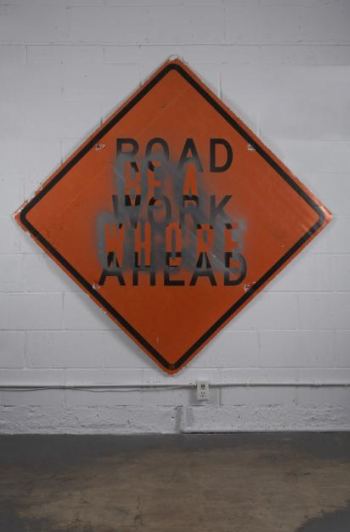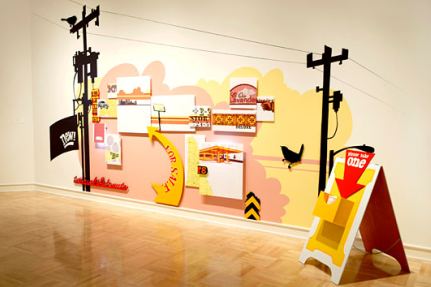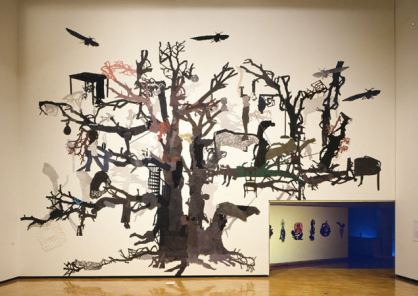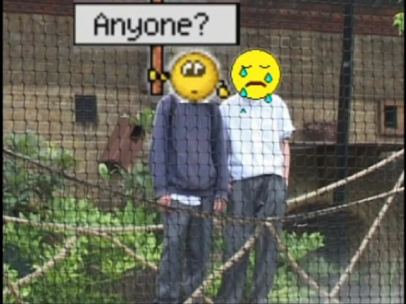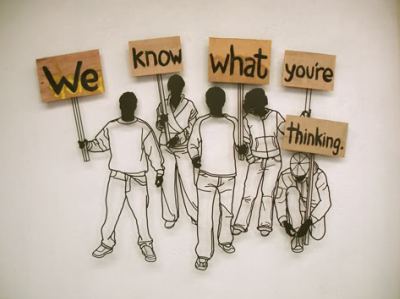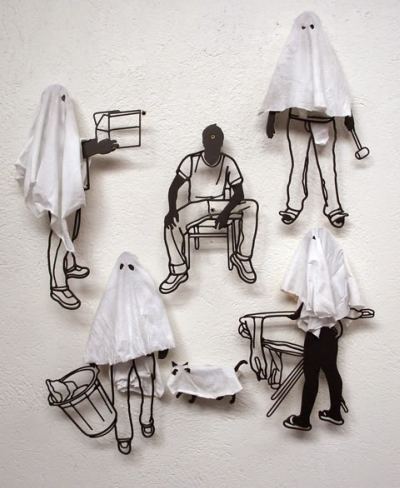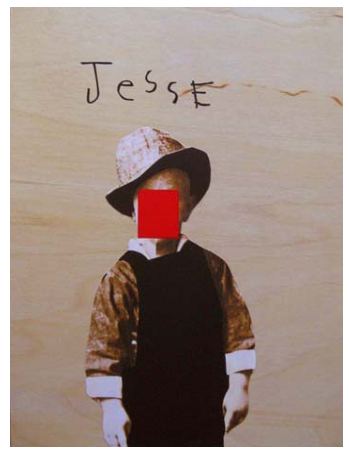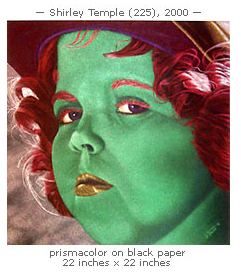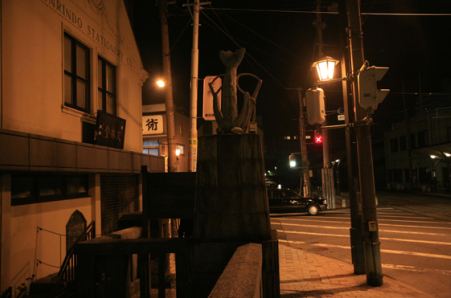
Chas Bowie scores a knockout
Chas Bowie’s review of Jeffry Mitchell and Roy McMakin’s collaboration in Portland:
“Joy and Reffry,” on view at Pulliam Gallery, sounds at first like a curatorial sendup of “The Odd Couple” recast with two of Seattle’s most highly regarded artists.
Playing the role of neat freak Felix Ungar in our contemporary incarnation is master craftsman Roy McMakin
–artist, furniture designer and architect, whose impeccable sense of
formal restraint and subtle humor have led to international success in
both the art and design communities. McMakin’s free-spirited foil in
“Joy and Reffry” –his Oscar Madison, if you will –is genre-twisting
ceramic artist Jeffry Mitchell,
whose showy, neo-Rococo sculptures of pachyderm romance and
irrepressible curlicues would seem stylistically antithetical to the
deadpan austerity of McMakin’s furniture-art.McMakin and Mitchell’s first collaboration,
however, finds the unlikely duo’s well-honed voices layered in a rich
harmony, with “Joy and Reffry” humming a lovesick tune about long-lost
objects, invented memories, mournful absences and tactile pleasures. (more)
I read it with interest and mounting dismay. To my knowledge, this show attracted only one other review to date – mine. Bowie’s reached a deeper level and did it with ease. His Oscar and Felix conceit is on target. I comfort myself with the idea that having one day in Portland, I reviewed the show at the opening, always tricky. But McMakin and Mitchell are Seattle artists. I wasn’t seeing their work for the first time. Maybe I’m posting too many images and not enough text.
Speaking of good reviews, there’s also Douglas Britt’s in the Houston Chronicle, titled, Houston can take cues from Seattle exhibit:
The Seattle Art Museum’s Target Practice: Painting Under Attack 1949-78, which closed on Labor Day, was the kind of ambitious show that deserved to spend the next couple years on tour. Maybe in a better economic climate it would have. But other museums — perhaps daunted by the cost of shipping major works borrowed from more than 70 lenders around the world — passed. They missed a chance to present that rarest of birds: a crowd-pleasing survey of some of art history’s most difficult material for audiences to understand, let alone appreciate and enjoy. (more)
PARK(ING) DAY on Friday
Looking for a parking place will be tougher on Friday, when artists will be competing with the public for space. It’s earth restored on the meter. Leaving the car at home will offer opportunities to hang on out in a great variety of temporary pocket parks.
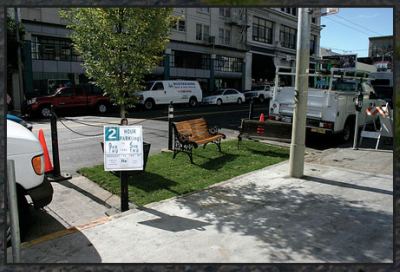 Origins here. Participants in Seattle include Crawl Space and the Seattle Art Museum, which is going all out:
Origins here. Participants in Seattle include Crawl Space and the Seattle Art Museum, which is going all out:
Parking spaces near the Seattle Art Museum (SAM), on University Street
between First and Second Avenues, will be transformed into a temporary “park” replete with sod, art activities and
exhibitions, performances and even a chance to test drive the “Walk and Roll” low-impact vehicle, on national
PARK(ing) Day, Friday, Sept. 18, from 10 am-2 pm.
Game critic alert: Jen Graves tried out Peter Reiquam’s Walk and Roll last month at aLIVe. (Photo credit and story here.)
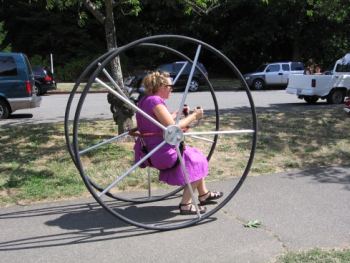
Brendan Jansen – in search of a medium
At his opening at Crawl Space, Brendan Jansen watched his baby beam with Buddha calm and said, “In 15 years, he’ll wish I were dead.”
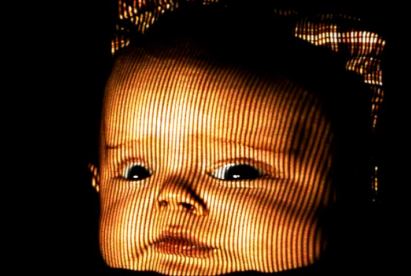
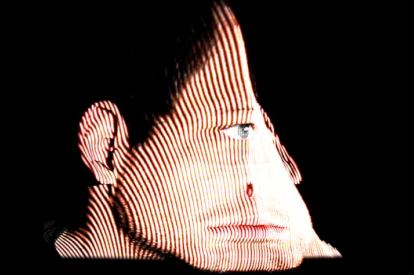
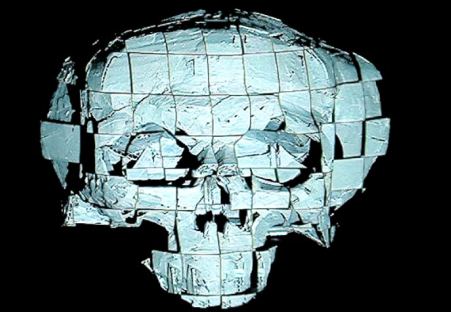
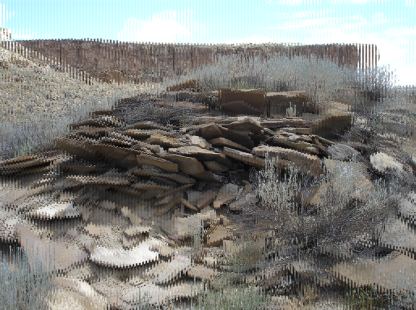 From Crawl Space:
From Crawl Space:
Jansen explores the space between premeditated experience and the choices that presuppose modes of depiction. As his title (No Chasm, No Cleft) alludes — referring by way of negation to the location where ancient Greek oracles tapped into the unseen, mysterious, and infinite — Jansen is searching for new ways of conceiving or understanding the world by breaking down the photograph, the most prevalent archetype of representation in the present day.
Although the work in the show makes use of several photographic processes such as recording, scanning, slicing, editing and projecting, combined together in several unique techniques, Jansen captures not only the flat appearances of the picture plane but also structural information from multiple and fixed viewpoints. The work is also premised on the notion that how we choose to represent what engages us in the world is inextricably linked to how we understand our place in reference to it, conscious of the limitations of our points of view.
There is a chasm, of course, but it’s the uncertainty afflicting those who examine the unreliability of perception, a terra not firma. In art, few subjects are as well trod. Jansen stakes a believable claim, even if he’s staking it in the wrong medium.
He began as a painter working from photos but lost faith in his ability to undermine the solidity of their depictions. Hence, video, which is in hands is a dubious prospect.
In the insistence of their flickering lights, his videos berate the audience with what it doesn’t know, which being an art audience, it knows already. Unlike Doug Aitken’s Electric Earth, scoring on the same theme in 1999, Jansen’s videos are both painful and obvious. If they were just painful and offered something not done better elsewhere, that’s one thing, but painful and obvious is not worth the anti-pleasure price he’s asking.
What works are the stills from the videos. He’s really a photographer, and video should be part of his process at arriving at his final product, a means to what could be his significant end.
His self-portrait in chalk, which glows in the dark:
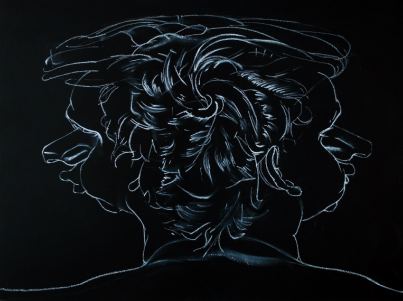 Through Oct. 11.
Through Oct. 11.
Mark Flood – street sign (Be a Whore)
Kristen T. Ramirez – Into the West
Put on a happy face
What’s urban and under your feet
Justin Swinburne, what looks like concrete and tar as a pillow, trailing stuffing:
 The peerless Boyle Family. Not photographs. Random pieces of random streets recreated as sculptures on the wall.
The peerless Boyle Family. Not photographs. Random pieces of random streets recreated as sculptures on the wall.
(Image via)
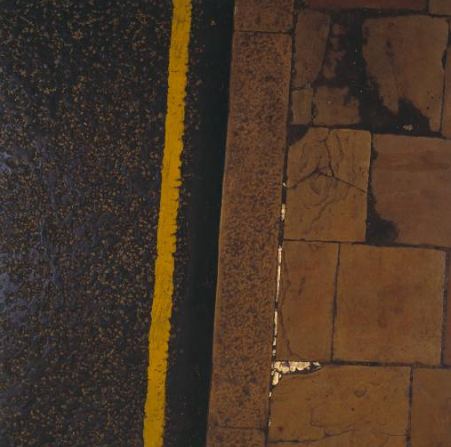 (Image via)
(Image via)
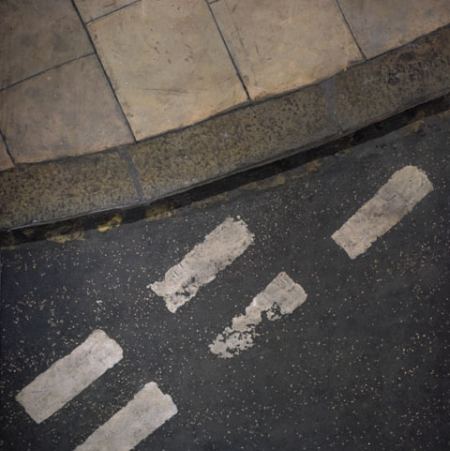
A land mass takes a ride
No helmet necessary. (via)
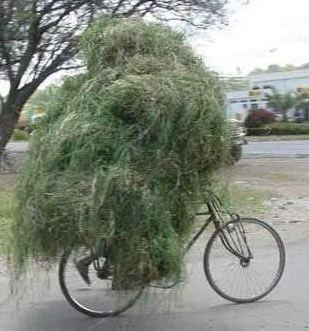
Brian Dettmer – the sculptural book
From Kenneth Baker, SF Chronicle:
Contemporary visual artists see opportunity in what many bemoan as the twilight of the age of the book. John Latham (1921-2006), Hubertus Gojowczyk, Doug Beube and others have treated books as sculptural stuff. But no one whose work I have seen tops that of Atlanta artist Brian Dettmer at Toomey Tourell.
In the mural-scale wall piece “Americana” (2009), Dettmer has carved up and layered the volumes of a vintage encyclopedia to produce something kaleidoscopic. World maps in polar hemispheric projection punctuate the array, with an occluding effect reminiscent of the changing images on an old View-Master. (more)
Dettmer was featured this year in the Book Borrowers at the Bellevue Arts Museum.




